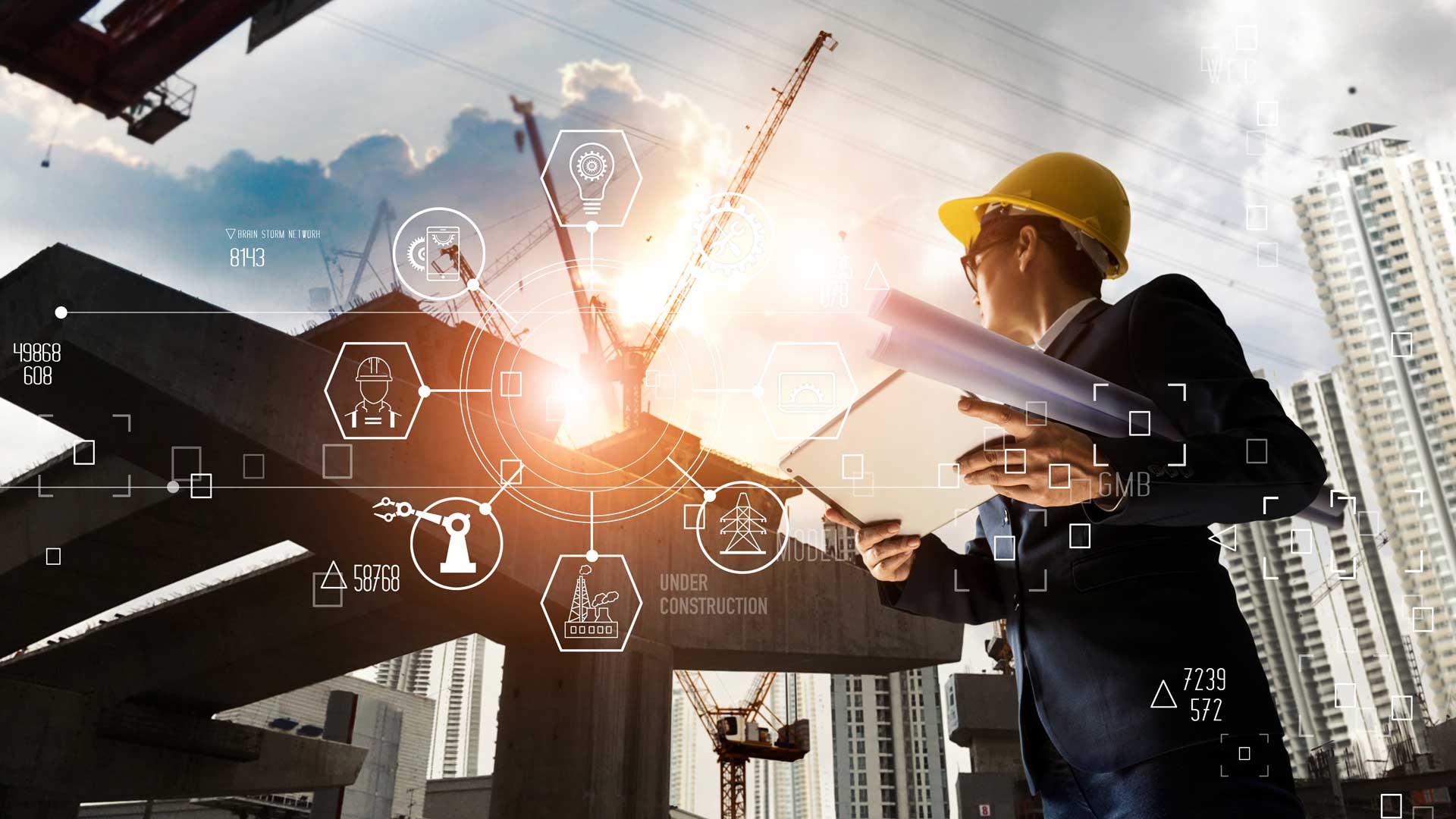Technological advancements have changed how we do pretty much everything. The construction industry is no different, as engineers and architects have been continuously working to minimize costs, reduce the delivery time and still create sustainable and robust projects that can withstand even the worst natural disasters.
Learning from experience however costly and painful has brought about changes to how humanity approaches construction projects. By adopting modern and innovative technologies, the construction industry has been able to deliver complex, ambitious projects in record time. The technologies have also helped cut costs, bringing affordable housing solutions to low-income households.
Thanks to top-notch technology, we have evolved from having the Taj Mahal built in over 15 years to the Burj Khalifa in 6 years, to the Mini Sky City in 19 days, and now some buildings take just hours to build or assemble. We also can’t forget iconic casino and resort designs such as Singapore’s Marina Bay Sands. The integrated resort is a must-visit architectural marvel for gamblers to behold even if you prefer playing games like the Stoned Joker slot online thanks to the convenient nature of internet casino platforms.
As of 2021, the construction industry boasts accomplishments that could not have been achieved without modern technologies. Some of the most popular technologies used to enhance effectiveness in construction include:
Prefabrication
Prefabrication, also known as ‘prefab’ or modular building, is essentially constructing a structure or components of a structure off-site and then taken to the site for assembling or erection. Once the components are ready at the manufacturer, they are transported to the construction site. While the cost of prefab construction is not necessarily low, as there are different price points, the build time is significantly reduced, eventually saving you the cost that would be involved in hiring incompetent contractors and inefficient workers.
Putting the project together in the shortest time possible bears advantages for businesses and customers alike and therefore, the contractors will strive to deliver on time so that they can move on to the next gig. The technology also reduces waste, thus providing sustainability, it is much safer, and you get consistent quality in the end product.
Augmented Reality-Assisted Building
This is where virtual reality and 3D technology integrate to provide a more accurate view of the building and minimize mistakes in the design. During the project development life cycle, AR can be used from the initial planning stages right to the end. Here, project managers, architects, engineers and the client can look at functional 3D models, revise them and agree on the way forward. It also makes it easier for site inspection and to identify safety issues like underground trenches and electric wiring.
3D Printing and Construction Robots
A few years back, no one would have envisioned a one-man construction project, but thanks to 3D printing, all you may need is a couple of robotic arms to systematically print layer by layer, a structure of your design. There are not many prototypes around the world, but rest assured, this futuristic technology is catching on. 3D printing can also be used in creating components of prefab structures to be assembled on site. Dubai and China are at the forefront of this technology that will completely change construction as we know it.
While 3D printed structures rely on robotic arms to come to fruition, construction robots are taking over from humans and doing a lot of heavy lifting without taking breaks, hence saving lots of time. From demolition robots, bricklaying robots to autonomous vehicles, construction robots are far safer for some tasks, more accurate for most and faster for others.
AI and Machine Learning
Artificial intelligence and machine learning have become an integral part of any industry looking to learn from past mistakes and develop best practices. For example, in the earthquake and typhoon-prone Japan, Kazamidori, an AI software has enabled engineers to construct wind-proof skyscrapers by comparing the calculated results of several building shapes and sizes. Through this analysis, they can determine what building frames and glass thickness would be ideal for different projects. The software can also estimate the increasing probability and impact of future super typhoons.
Blockchain Technology
This cutting-edge ledger technology is now being adopted in various sectors. The ability to track every transaction with accurate precision ensures that the construction data will not be lost during several handovers. In case of another team taking over in the future, they will be able to pick right up, and the project will be on course. Tracking contractors’ and sub-contractors’ delivery history will help in future decision-making as to which team will be best for different projects.
What Does the Future Hold?
With the technologies mentioned and more at play in the construction industry, we are set to seeing very impactful changes in this practical and artistic industry. As innovation continues, technology will ensure more sustainable and low-cost housing solutions while saving the planet from wastage and pollution.




